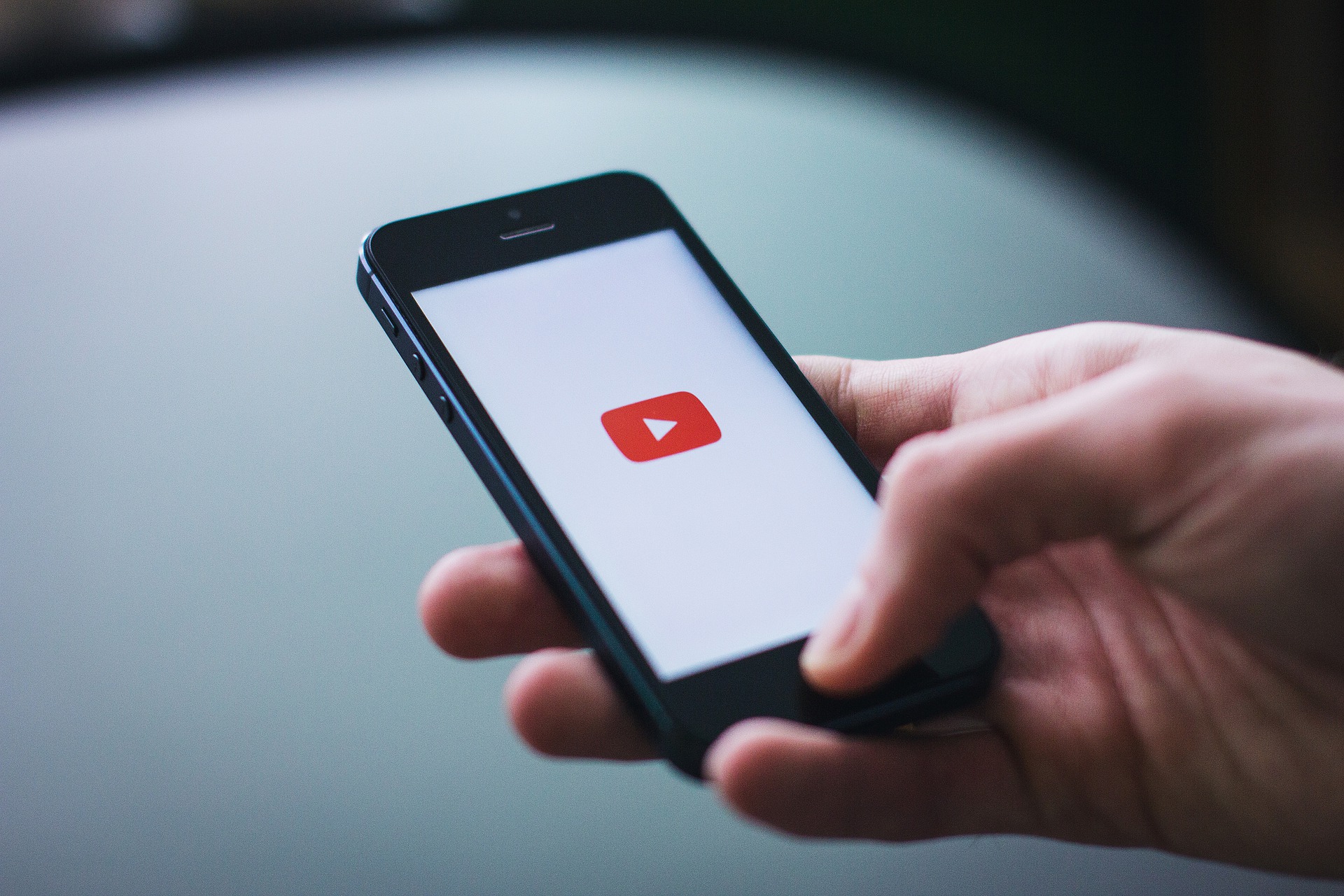In the first chapter of his book, Simon Lindgren says that “throughout history, key shifts in technological ability and practice have changed how people relate to the social sphere and the world around them.”¹
And while technological ability and practice have changed manyfold over the past decades, I would argue that, at no previous point, did our technological ability and especially our technological practice change as drastically as it did one and a half years ago. (This is, taking “technological practice” as meaning the way we interact with the digital).
Yup, in this blog post we’re turning the clock back to early 2020. I know we’d all like to collectively rip that year out of the calendar — but stay with me.
Changes to our technological practice
As coronavirus began to travel around the world in early 2020 and country after country went into lockdown, people at almost every workplace and social institution had to find new ways of being together — while staying apart. Granted then the technological abilities needed to conduct, for example an online meeting, were already in place (Zoom was founded in 2011 and we’ve had video chats and Skype long before that), but for most people these technologies weren’t integral to their everyday lives. So, as everything suddenly became remote, our technological practice had to change.
And it did.
Quite quickly, we became used to the awkwardness of online tutorials in Kaltura Live Room, after-work online borrellen, and the odd but hilarious Zoom meeting fail. And as we did, governments began to talk about “a new normal.” The longer lockdowns lasted, and as yet another wave of infections washed over our country, we began to adjust our minds to the idea that social interactions wouldn’t be the same in a post-pandemic world.
To come back to Lindgren’s statement, then I believe it’s still too early to pass judgement on the extent to which peoples’ way of relating to the social sphere and the world around them has changed after a year and a half of largely online social interactions.
However, I do think we can make some observations about our way of relating to and interacting with the digital by asking whether we can also talk about “a new normal” for our relationship with the digital?
Personally, I’m not sure but that’s why I’m happy to explore it in this post.
Two observations about our relationship with the digital
On one hand, many people have developed an increased appreciation for the digital. While previously, it was handy to video call your dad and have him guide you through the process of unclogging the drain in your new apartment, social distancing might have made video call the only way of cultivating a sense of togetherness with your family. And despite your frustrations with online teaching, you’ve probably (at least once) thanked technology for allowing you to continue your education. As it often happens, then we take things for granted until we really come to rely on them.
On the other hand, though many of our daily activities went online, then we didn’t really change the way in which we did those activities. I was reminded of this in a lecture last week when the professor (halfway out of frustration with a microphone issue) said that even though streaming had changed the mode of lectures, it hadn’t changed the way of delivering them.
The point she made in those few frustrated sentences was that our way of using the digital space was, in fact, not very creative: She was still standing behind the podium in a lecture hall, much as she’d done before. I don’t think this lack of innovativeness comes from want of technical ability (because there are a lot of cool features we could play around with online) but rather a lack of will to change our technological practice too dramatically.
In the context of the pandemic and being, in many ways forced, to participate in a technological practice that’s more integral to our everyday lives, I think many of us developed a resistance to this change. My hypothesis is that the lack of will to change our technological practice too dramatically (for example by radically changing the way a lecture is delivered) was born out of the hope that things would only be temporary.
In this way, there isn’t talk about a new normal in our relationship to the digital because although it suddenly was a primary mode of instruction (to stick with the example of a lecture), it was still treated as secondary since the whole structure of the class was the same as when things were on-campus.
These are just a few of my observations but there are many more to be made — and I would love to hear your take on this question.
Do you think we’ve entered a new normal for our relationship with the digital?
¹ Lindgren, Simon. “Digital Society” in Digital Media and Society. (London: SAGE Publications, 2017), 15.
Feature Image: RODNAE Productions/Pexels



Recent Comments